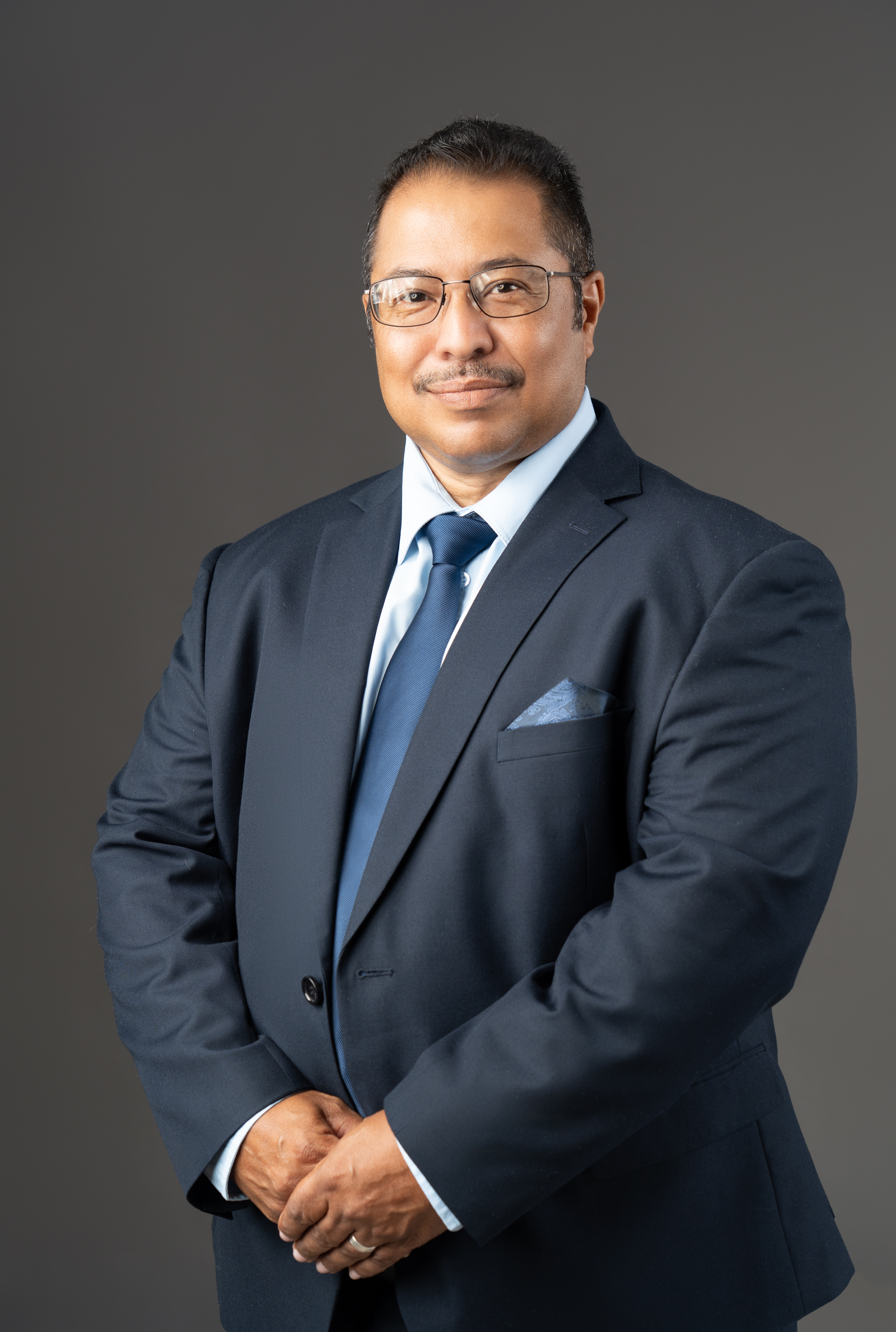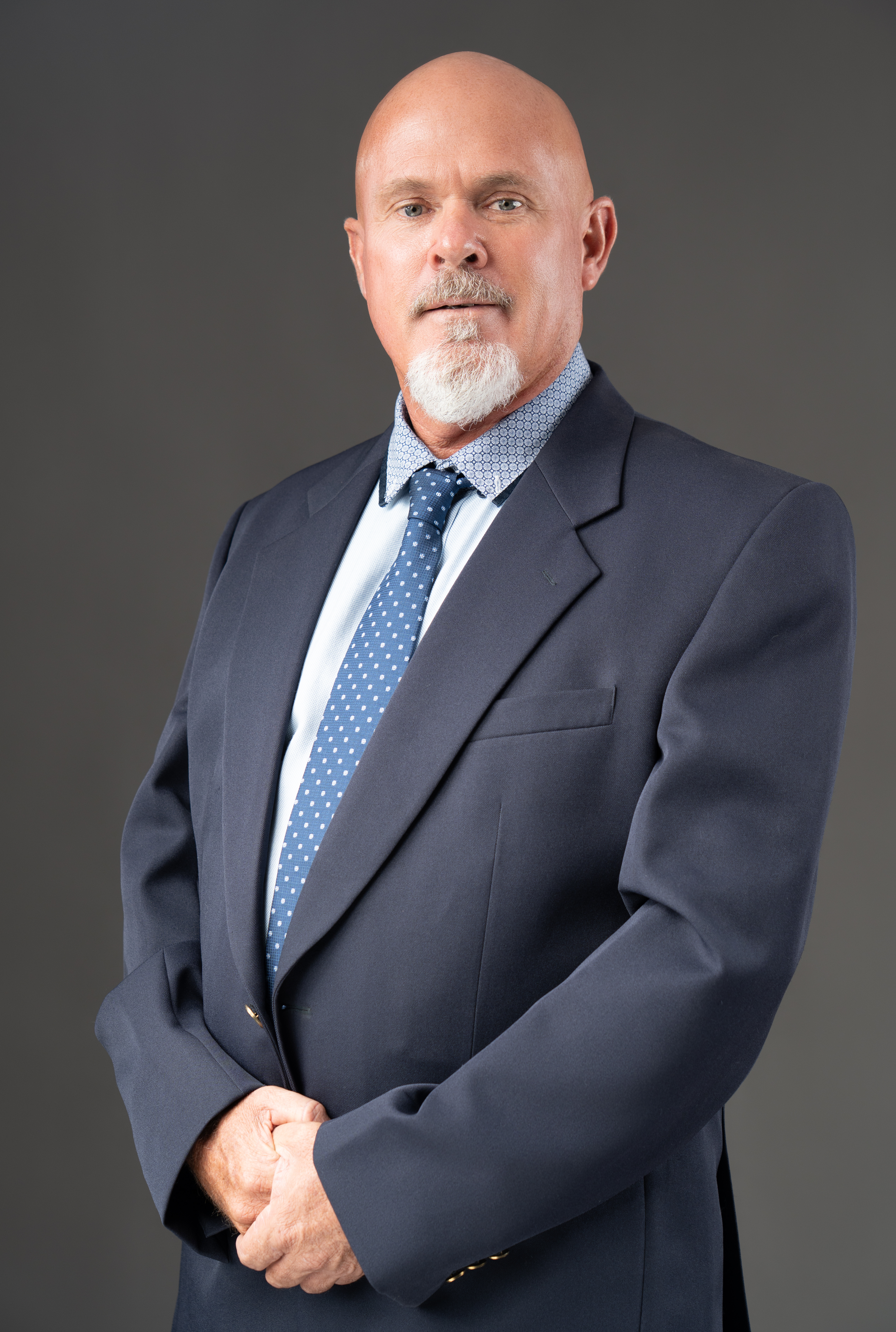Aquaculture and Inland Fisheries - FMR
DIRECTORATE: AQUACULTURE AND INLAND FISHERIES
CONTACT DETAILS
 Director: Aquaculture and Inland Fisheries |
 Deputy Director: Southern Regions |
 Deputy Director: Northern Regions |
MANDATE
The Directorate is mandated to regulate and control aquaculture and inland fisheries activities and provide sustainable development of aquaculture, the conservation and protection of inland aquatic ecosystem and their sustainable management.
Division: Southern Regions and Inland Fisheries
We Will:
- Ensure that the genetic diversity and integrity of the aquatic ecosystem is maintained as prescribed in the Aquaculture Act (Act No.2 of 2002,) and Inland Fisheries Resource Act, (Act No.2 of 2003) and regulations.
- Collect and analyze data on the living inland aquatic fisheries resources continuously.
- Conduct site assessment for aquaculture production request within one month from the date of receipt of request.
- Continuously provide extension services on aquaculture.
- Conduct annual biological surveys research bi-annually on inland water bodies.
- Conduct aquaculture and inland fisheries research.
- Process aquaculture licenses within a month from the date of receipt.
- Issue aquaculture and inland fisheries permits within 10 working days.
- Respond to reported fish disease outbreak cases within 24 hours.
- Continuous research, monitoring, disease and quality control of marine aquaculture environments, and
- Close production areas/facilities immediately once health hazard confirmed.
Division: Northern Regions Aquaculture and Inland Fisheries
We Will:
- Ensure that the genetic diversity and integrity of the aquatic ecosystem is maintained as prescribed in the Aquaculture Act (Act No.2 of 2002,) and Inland Fisheries Resource Act,( Act No.2 of 2003) and regulations.
- Collect and analyze data on the living inland aquatic fisheries resources continuously.
- Provide advice on suitable measures for the conservation and sustainable use of inland fisheries ecosystems on annual basis.
- Conduct site assessment for aquaculture production request within one month from the date of receipt of request.
- Continuously provide advisory service on aquaculture.
- Process aquaculture licenses within a month from the date of receipt; and
- Issue aquaculture and inland fisheries permits within 10 working days.
FEED AND PLANT FACTORY
Fish feed is one of the major components needed and most expensive commodities when raising fish. Importing fish feed at a high cost from South Africa has been hindering fresh water aquaculture production in Namibia . It was through a cooperative agreement between the Namibian and Spanish Government, that a fish feed factory at Onavivi Inland Aquaculture Centre (OIAC) in Namibia was constructed.
The production of Namibia 's own fish feed will help in alleviating the shortage of fish feed, thereby improving fish farming amongst the rural communities, hence improving food security. Activities undertaking at the fish feed plant include fish feed formulation and research (Fish feed trails/experiments). From experiments, it was concluded that a diet of 15% protein is suitable for the use in low scale Semi-intensive farming systems, with low stocking density between 2 to 3 fish/m 2 , a diet of 25% CP be used in high managed semi-intensive culture systems, where there is high stocking densities of 4 to 10 fish/m 2 and a diet of 30% CP be used for broodstock (breeders) and nursing of the fingerlings while diet 38% CP be used for the fry stage.
Table 3. Estimated Annual quantity of each Diet, for all regions (August 2009 to August 2010)
| Diet type | Protein content of the diet | Culture system, fish type and size |
|---|---|---|
| Prestarter | 38% | Intensive for newly hatched fries |
| Breeder/Fingerlings | 30% | Intensive for fingerlings and broodstock fish |
| Semi-Intensive II | 25% | High scale management for growers |
| Semi-intensive I | 15% | Low scale management for growers |
PRODUCTION
Commercial marine aquaculture is currently dominated by oyster production in Walvis Bay ,Swakopmund and Luderitz. Both Pacific oysters and European oysters are grown. One company in the Luderitz lagoon grows seaweed, and the results have shown that the growth rate for this species is very high. The species is cultured in open water in the lagoon area. The resulting Gracalia is predominantly used as a cosmetic ingredient as well as a source of food for humans and abalone. The main product generated by this species is agar. Currently there is only one abalone farm in Namibia that is in Luderitz.
Read more for Aquaculture Production
MARKETING AND EMPLOYMENT |
||
MarketMarine cultured products such as Abalone and Oysters are internationally sold. Abalone meat is considered a delicacy in Latin America (especially Chile ), South East Asia and East Asia (especially China , Japan and Korea ). These species reach a market size of 200 to 300 g within three to four years. While the successful oyster industry currently sells locally, to South Africa and to Asian markets (especially China and Singapore ). For freshwater fish products, there no international markets yet; hence they are currently being produced for domestic markets. |
EmploymentEmployment in the Aquaculture sector has increased from 422 in 2003, to 1,640 people in 2009 in all thirteen regions of the country. These include Government, private sector, casuals and community workers. Due to the growth of the aquaculture industry, employment is expected to increase exponentially in relation to this growth. |
|
TYPES OF AQUACULTURE |
||
Marine Aquaculture (Mariculture)Production advantages for "marine aquaculture" in Namibia include approximately 1,500 km of largely uninhabited coastline (Lüderitz, Walvis Bay and Swakopmund); unpolluted high quality marine waters, high natural primary productivity of the seawater; availability of inexpensive fish by-products from the established fish processing sector for inclusion in wet aqua-feeds, and well-established processing, packaging and marketing systems, which exist due to the marine capture fisheries, that can be adapted for aquaculture purposes. Commercial "marine aquaculture" (mariculture) is based on:
|
Inland AquacultureInland freshwater fisheries are important in less arid areas such as the Caprivi and Okavango regions in the North East and the Omusati, Kunene and Oshana regions in the North West . Commercial freshwater aquaculture of tilapia ( Oreochromis andersonii) and catfish ( Clarias gariepinus) is currently undertaken at all aquaculture establishments throughout the country. About 50% of the rural population live in the northern regions and derive food, income and informal employment from inland fish resources. Inland aquaculture includes on-land facilities and utilizes ponds, tanks, and enclosures that are dependent upon the culturists for maintenance of water quality, food supply, and waste removal. |
|
PROJECTS COUNTRYWIDE
| NO | NAME | TYPE OF FACILITY | LOCATION |
|---|---|---|---|
| 1. | Mpungu Fish Farm | Community based fish production farm | Nkurenkuru, Kavango Region |
| 2. | Kamutjonga Inland Fisheries Institute(KIFI) | Fingerling & Fish production, Research,
Training and Information Center |
Divundu, Kavango Region |
| 3. | Epalela Fish Farm | Government fish grow out farm | Omusati Region |
| 4. | Onavivi Inland Aquaculture Center | Fingerling & fish production, Research, Training | Omusati Region |
| 5. | Ongwediva IAC | Fingerling & fish production facility | Oshana Region |
| 6. | Hardap IAC | Fingerling & fish production, Research, Training | Hardap Region |
| 7. | Fonteintjie FF Project | Community based grow out project | Karas Region |
| 8. | Leonardville IAC (New) | Fingerling & fish production,Training | Omaheke Region |
